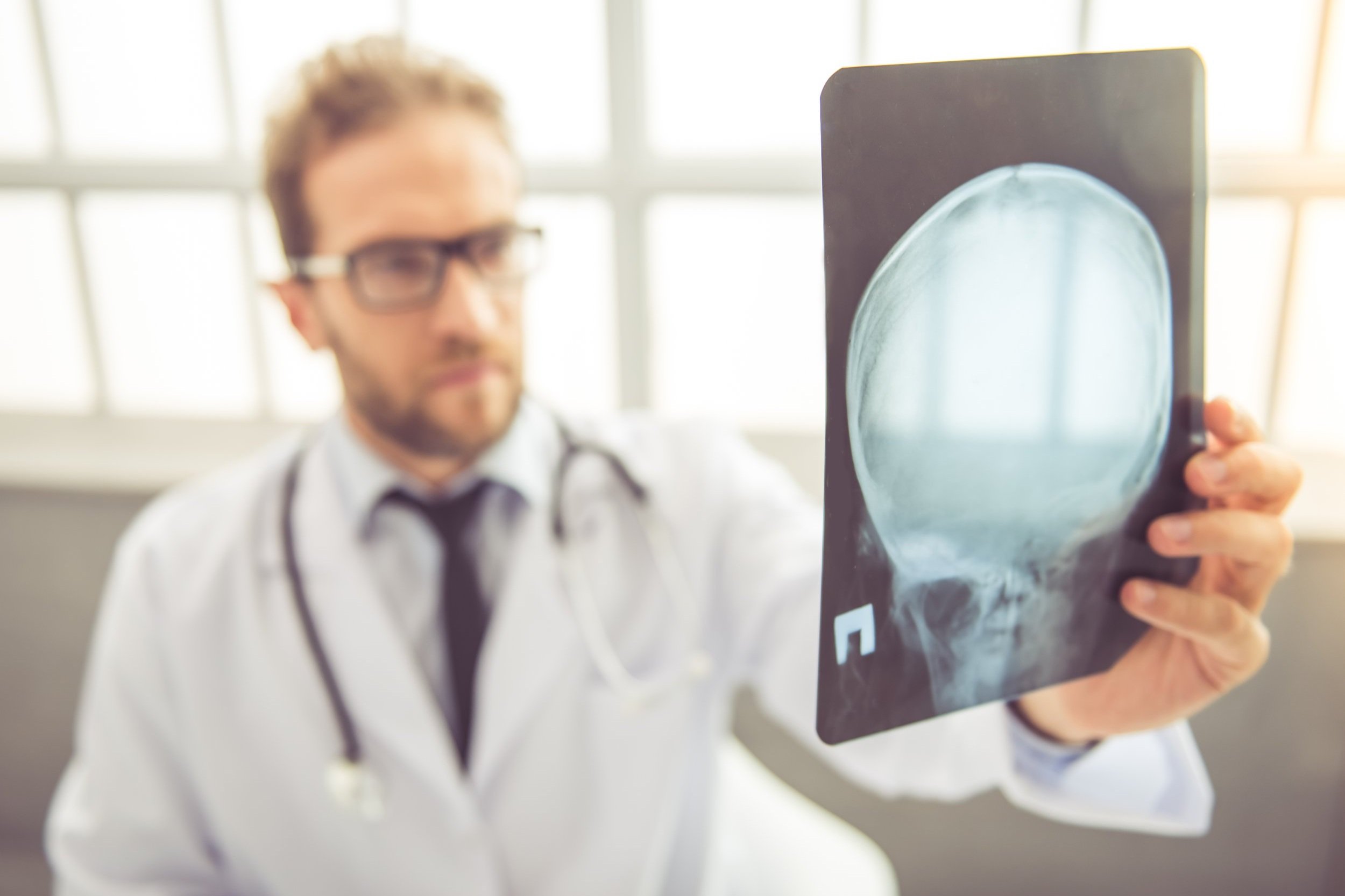A concussion is a type of traumatic brain injury (TBI) that occurs when the brain undergoes a sudden impact or jolt, causing it to move rapidly within the skull. This movement can result in various neurological symptoms and impairments. Concussions can happen as a result of a blow to the head, a fall, a car accident, sports-related activities, or any other incident that causes the head and brain to abruptly decelerate or accelerate.
Common symptoms of a concussion include:
Headache or pressure in the head.
Confusion or feeling dazed.
Temporary loss of consciousness.
Amnesia surrounding the event.
Nausea or vomiting.
Dizziness or balance problems.
Sensitivity to light or noise.
Slurred speech.
Fatigue or drowsiness.
Changes in mood, such as irritability or sadness.
It's important to note that not all concussions involve loss of consciousness, and symptoms might not appear immediately after the injury. Sometimes, symptoms can develop over the course of hours or even days.
Managing concussions involves several steps:
Immediate Rest: After a concussion, it's important to give the brain time to heal. This typically involves physical and cognitive rest, which means refraining from activities that could worsen symptoms, such as watching TV, using a computer, or engaging in physically demanding tasks.
Medical Evaluation: Anyone suspected of having a concussion should be evaluated by a medical professional. This can include a doctor, nurse practitioner, or a healthcare provider with experience in concussions. They will assess the severity of the concussion and provide appropriate recommendations for recovery.
Gradual Return to Activities: Once symptoms begin to improve, the individual can gradually start reintroducing activities. This should be done under the guidance of a healthcare professional to prevent any setbacks.
Avoiding Re-injury: People who have had a concussion are at a higher risk of experiencing another concussion, particularly if they haven't fully recovered from the initial injury. It's important to take precautions and follow safety guidelines, especially in high-risk situations such as contact sports.
Monitoring Symptoms: Keeping track of symptoms and their progression is crucial. If symptoms worsen or new ones develop, it's important to seek medical attention.
Rehabilitation: For more severe concussions, rehabilitation might be necessary. This can involve physical therapy, occupational therapy, and cognitive therapy to address specific symptoms and aid recovery.
If you suspect someone has a concussion, it's essential to seek medical attention. Ignoring a concussion or not allowing proper time for recovery can lead to more severe symptoms, complications, or even long-term cognitive issues.
Physical therapy for concussions focuses on addressing the physical symptoms and impairments that can arise after a head injury. It aims to help individuals regain their physical function, balance, coordination, and reduce any associated discomfort.
Here's what you can generally expect from physical therapy for concussion:
Assessment and Evaluation: A physical therapist will conduct a thorough assessment to understand the individual's specific symptoms, limitations, and needs. This evaluation may include tests to assess balance, coordination, strength, flexibility, and any issues with posture or movement.
Individualized Treatment Plan: Based on the assessment, the physical therapist will develop a customized treatment plan. This plan will be tailored to the individual's unique symptoms and physical condition.
Balance and Vestibular Rehabilitation: Many people with concussions experience balance problems and issues with the vestibular system (the inner ear system responsible for balance and spatial orientation). Physical therapy can include exercises and techniques to improve balance and vestibular function.
Coordination and Motor Skills: Impaired coordination and motor skills are common after concussions. Physical therapy may include exercises to enhance fine and gross motor skills, coordination, and overall movement patterns.
Exercise and Strengthening: Depending on the individual's condition, the physical therapist may incorporate exercises to strengthen muscles that might have become weak due to inactivity or disuse during the recovery period.
Posture Correction: Poor posture can exacerbate symptoms and contribute to discomfort. Physical therapists can provide guidance on proper posture and offer exercises to improve alignment.
Headache Management: Headaches are a common symptom of concussions. Physical therapists can teach relaxation techniques, neck exercises, and other strategies to manage and reduce headache intensity.
Gradual Return to Physical Activity: Physical therapists help individuals safely reintegrate into physical activities and exercise routines. They guide the process to ensure that the person doesn't push themselves too hard and risk setbacks.
Education: Education is a crucial component of physical therapy for concussions. The therapist will provide information about the nature of concussions, the expected recovery process, and strategies to prevent re-injury.
Progress Monitoring: Throughout the therapy process, the physical therapist will monitor the individual's progress. Treatment plans may be adjusted based on how the individual responds to the exercises and interventions.
Home Exercises and Self-Management: Physical therapists often provide exercises and strategies for individuals to continue at home. These exercises are designed to support ongoing recovery and can help individuals manage their symptoms.
Remember that the specific approach to physical therapy can vary based on the severity of the concussion, the individual's symptoms, and their overall health.

